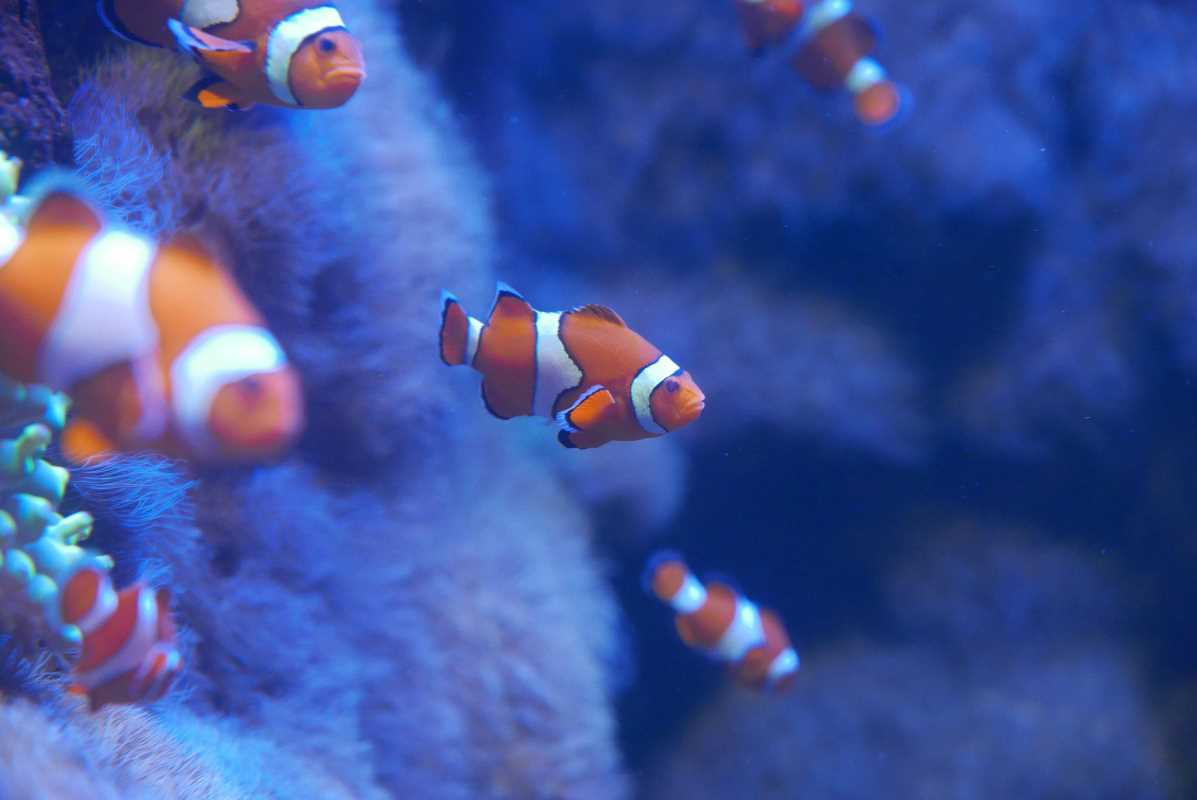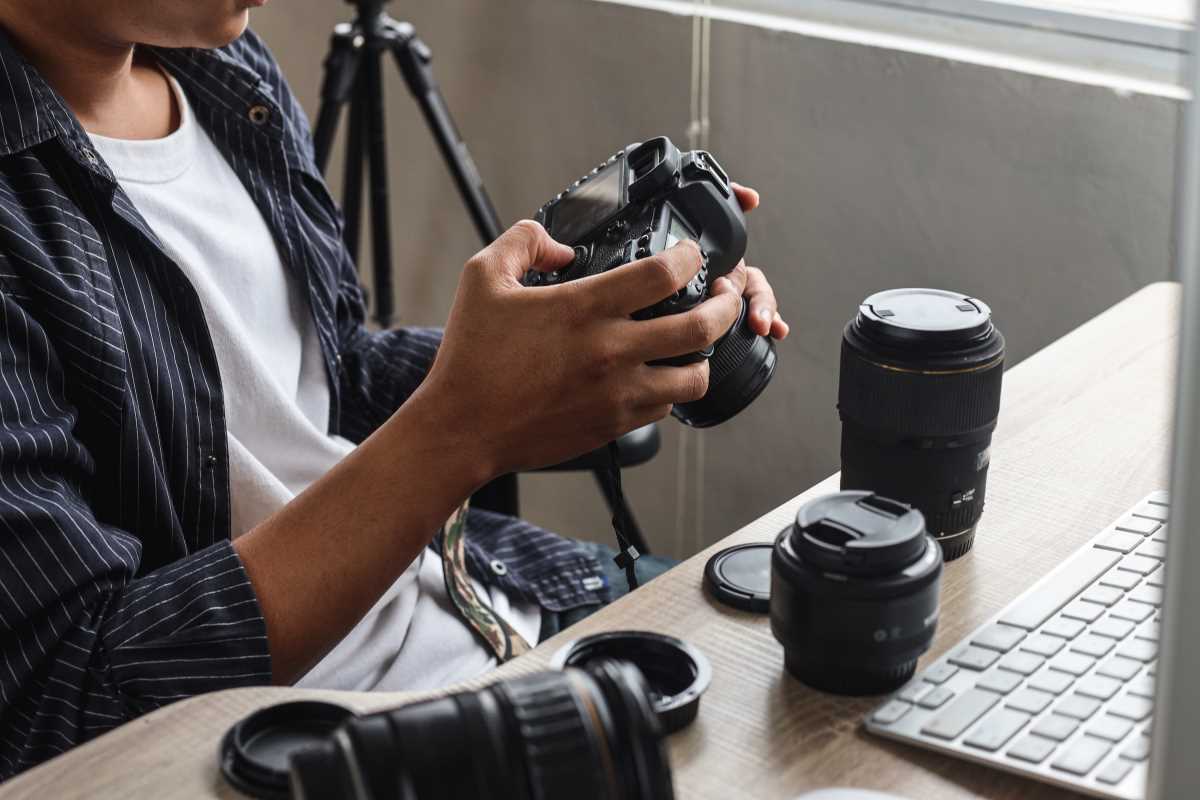Creating a sustainable fish tank ecosystem at home can be a rewarding experience that brings a slice of nature into your living space. Not only does it add beauty and tranquility to any room, but it also provides a haven for aquatic life to thrive. By carefully planning and maintaining your fish tank, you can enjoy a balanced environment that mimics natural habitats, ensuring the health and longevity of your fish and plants.
Understanding the Basics of a Sustainable Ecosystem
- Balanced Environment: A harmonious combination of fish, plants, and microorganisms that support each other.
- Natural Filtration: Plants and beneficial bacteria work together to clean the water.
- Proper Lighting: Adequate light supports plant growth and maintains day-night cycles.
- Adequate Space: Sufficient room for fish to swim and plants to grow without overcrowding.
- Stable Water Parameters: Maintaining consistent temperature, pH, and other water conditions.
Choosing the Right Tank and Equipment
Starting with the right tank is crucial for establishing a successful ecosystem. Begin by selecting a tank that fits well in your space while providing enough room for your aquatic inhabitants. A larger tank is generally more stable and easier to maintain than a smaller one.
Next, invest in a reliable filtration system to keep the water clean and free from harmful toxins. Choose a filter that matches the size of your tank and the needs of your fish and plants. Additionally, consider other essential equipment such as heaters, lighting, and substrate that contribute to the overall health of your ecosystem.
Selecting Suitable Fish and Plants
- Neon Tetras: Peaceful and colorful, they thrive in community tanks and contribute to the visual appeal.
- Guppies: Hardy and easy to care for, guppies add movement and variety to the tank.
- Betta Fish: Although solitary, bettas can coexist with certain species if the tank is spacious enough.
- Java Fern: A robust plant that requires minimal maintenance and provides hiding spots for fish.
- Anubias: Another low-maintenance plant, Anubias is perfect for adding greenery without demanding too much light.
Setting Up Your Tank
Begin by cleaning the tank thoroughly to remove any debris or contaminants. Next, add the substrate, such as gravel or sand, which serves as a foundation for plants and beneficial bacteria. Arrange the plants in a way that mimics natural environments, providing both open spaces and sheltered areas for your fish.
After setting up the substrate and plants, it's time to cycle the water. This process establishes the necessary biological filtration by encouraging the growth of beneficial bacteria that break down waste. Depending on the size of your tank, cycling can take several weeks. Once the water is properly cycled, gradually introduce your fish, ensuring that each addition is compatible with the existing inhabitants.
Maintaining the Ecosystem
Regular maintenance is key to ensuring the longevity of your sustainable fish tank. Start by performing weekly water changes, replacing about 10-15% of the water to remove excess nutrients and maintain water quality. Test the water parameters regularly, including pH, ammonia, nitrite, and nitrate levels, to ensure they remain within optimal ranges.
Additionally, prune and trim plants as needed to prevent overgrowth and maintain a balanced environment. Clean the filter according to the manufacturer's instructions to ensure it continues to function effectively. Monitoring your tank's ecosystem involves observing the behavior and health of your fish and plants, allowing you to address any issues promptly before they escalate.
Common Challenges and Solutions
- Algae Overgrowth: Control lighting duration and nutrient levels; introduce algae-eating species like snails or shrimp.
- Water Parameter Fluctuations: Regular testing and consistent maintenance can help stabilize conditions.
- Fish Disease: Quarantine new fish before adding them to the tank and maintain good water quality to prevent illnesses.
- Plant Death: Ensure adequate lighting and CO2 levels; choose hardy plant species suited to your tank conditions.
- Equipment Failure: Regularly check and maintain all equipment; have backups available for essential items like filters and heaters.
In conclusion, creating a sustainable fish tank ecosystem at home involves thoughtful planning, regular maintenance, and a deep understanding of the natural interactions within your tank. With the right setup and care, you can enjoy a vibrant and balanced aquatic environment that enhances your living space and provides a peaceful, thriving home for your fish and plants.
 (Image via
(Image via




.jpeg)
